
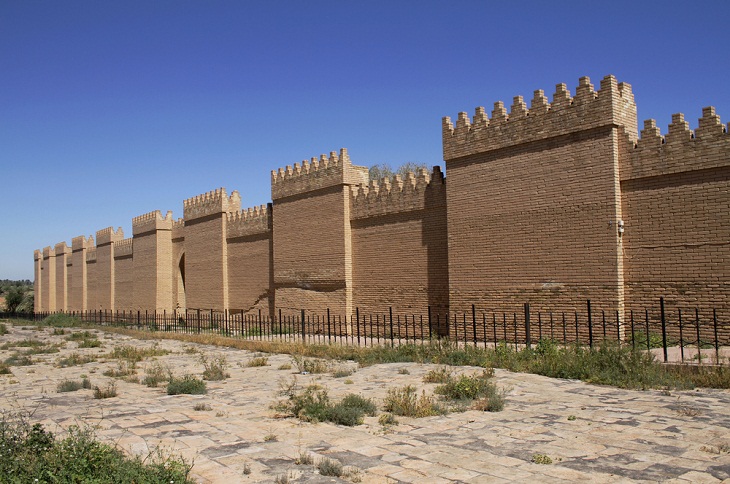
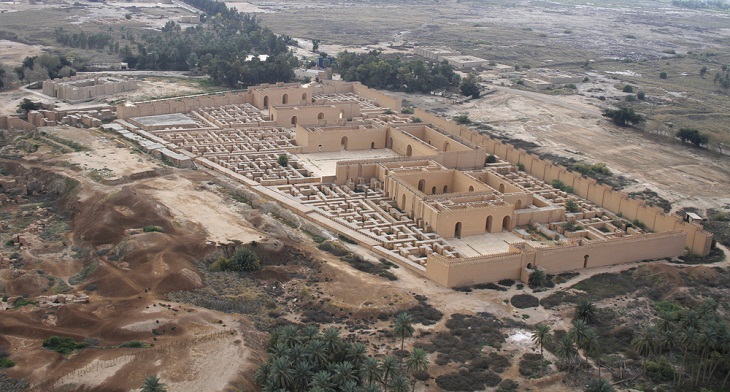
Crafted by the skilled hands of the Sasanians (ancient Iranian dynasty) during the 6th and 5th centuries BC, spanning 200 kilometers (124 miles), the Great Wall of Gorgan emerges as a timeless testament to ancient defensive architecture, ranking among the earliest and most extensive fortifications in history.
With 38 strategically placed fortresses accommodating a formidable force of nearly 30,000 soldiers, the Great Wall of Gorgan served as an impregnable barrier against invading forces. Its true length remains a subject of debate, as a significant portion of the wall now lies concealed beneath the depths of the Caspian Sea, hinting at an even more extraordinary architectural achievement.
Revered as the "Red Snake" due to its vibrant fired brick construction, the Wall of Gorgan reveals a mastery of intricate craftsmanship and advanced technology. According to UNESCO estimates, an astonishing 200 million fired bricks were painstakingly laid to erect this imposing structure. Furthermore, the resourceful Sasanians engineered an ingenious network of canals, channeling water from the Gorgan River to ensure the sustenance of their soldiers—a remarkable feat of engineering prowess during that era.
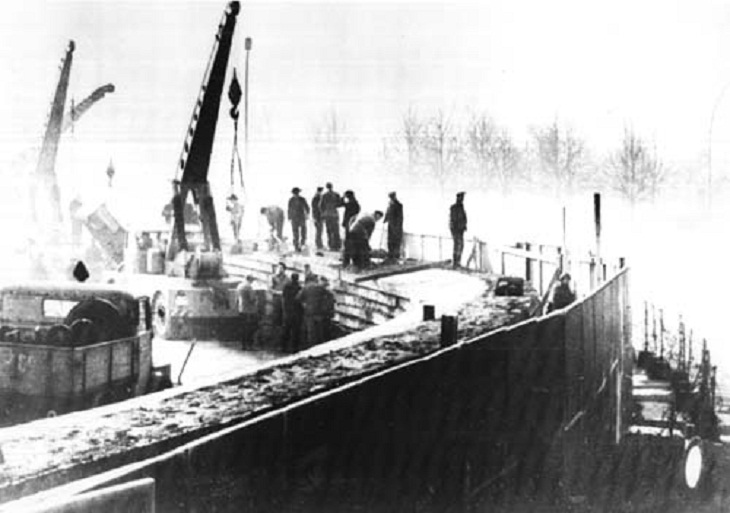
For 28 years, this formidable barrier divided a nation and embodied the stark realities of a world torn apart by ideological conflict.
In the aftermath of World War II, Germany found itself fractured into two separate entities: East Germany and West Germany. Amidst this division, the capital city of Berlin stood geographically within East Germany but was partitioned into sectors controlled by both Eastern and Western powers. It was here that the fateful wall was erected, initially starting as a mere fence but swiftly transforming into a towering concrete structure, reaching heights of up to 3.6 meters (12 ft) in some sections.
The intent behind this imposing wall was to curtail the flow of people seeking refuge from the impoverished, Communist-controlled East Berlin and Soviet rule into the prosperous Western Europe. Tragically, countless lives were lost as courageous souls attempted perilous crossings in pursuit of a brighter future on the other side.
The Berlin Wall became an enduring symbol of oppression and control, vividly reflecting the grip exerted by East Germany and the Soviets upon their own citizens. However, winds of change began to sweep across the global stage with the arrival of leaders like US President Ronald Reagan in 1980 and Soviet leader Mikhail Gorbachev in 1985. Their presence fostered a spirit of collaboration and coexistence between the East and the West, paving the way for reconciliation and transformation.
In November 1989, a historic declaration opened the border, and the people of Berlin took to dismantling the physical embodiment of their division. To this day, the remnants of the Berlin Wall stand as a poignant reminder of separation's enduring impact. Millions of visitors flock to witness this powerful testament to the resilience of humanity and the pursuit of unity.
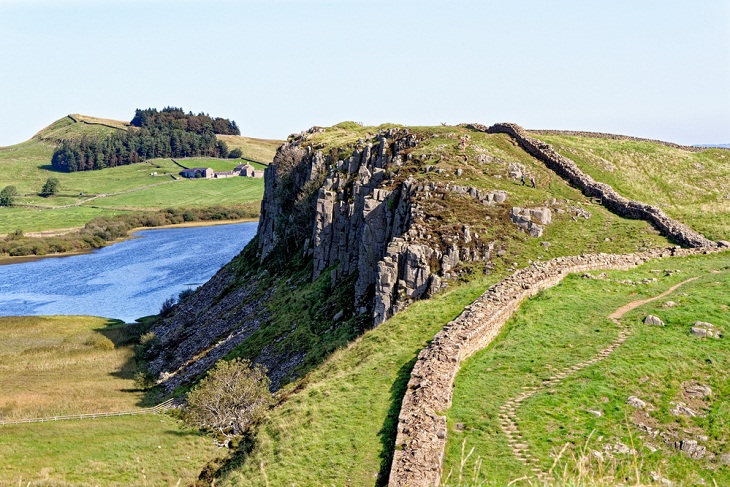
In 122 AD, the Roman Emperor Hadrian issued a momentous order, commanding the construction of a formidable wall along the frontier between the Solway and the Tyne rivers. This extraordinary fortification, known as Hadrian's Wall, can still be found today near the England-Scotland border.
Completed within a remarkably short span of around six years, Hadrian's Wall stretched approximately 120 kilometers (74.5 miles), serving as a physical and symbolic barrier between the Roman Empire and the unruly Caledonian tribes dwelling north of the wall— an enduring proof of the tense dynamic between the two cultures.
Strategically positioned at intervals along the wall were fortified garrisons, providing a vital line of defense where Roman soldiers could safeguard their borders from potential threats. The intriguing "graffiti" inscriptions etched into rocks near Hadrian's Wall have provided invaluable insights to archeologists, offering glimpses into the lives and experiences of the Roman soldiers stationed there.
Today, Hadrian's Wall stands as a remarkable example of human ingenuity and engineering prowess, having been named a UNESCO World Heritage Site. The archeological site is not only a tangible reminder of the Roman Empire's influence, but also a fascinating archeological treasure trove.
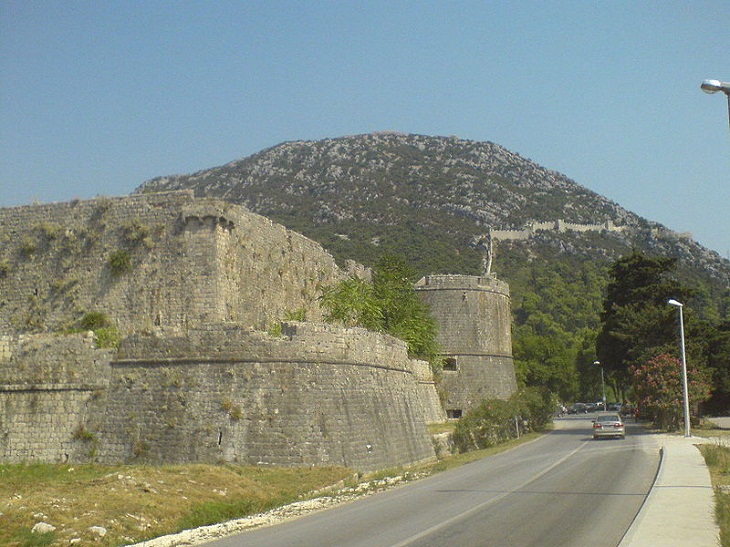
Constructed during the 14th and 15th centuries, the Walls of Ston stood as formidable sentinels, safeguarding the city of Ston. They formed a vital link with its neighboring town, Mali Ston, within the Republic of Ragusa, present-day Croatia. These historic fortifications, which extend over a distance of 7 kilometers (4.3 miles), are regarded as one of the best-preserved and most renowned walls in history. Following recent renovations, the Walls of Ston have emerged as a captivating tourist attraction, drawing visitors from far and wide to Croatia's scenic shores.
The fortifications, adorned with 40 towers, and still bearing 20 towers to this day, serve not only to protect the city of Ston but also the salt pans of the Republic. The salt pans, a lucrative enterprise, extracted salt from the sea, adding to the region's economic prosperity and importance.
Such is the influence and grandeur of the Walls of Ston that they inspired George R. R. Martin, the acclaimed author of Game of Thrones. The fictional King's Landing in his epic series drew inspiration from the awe-inspiring Ston and its formidable walls, further cementing their place in both history and popular culture.
Related: The 7 Oldest Cities on Earth that Still Stand
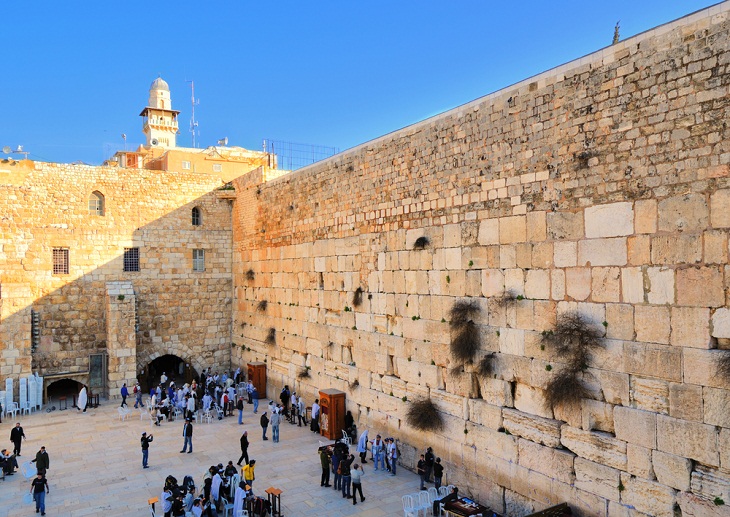
In the year 19 BC, the renowned ruler Herod the Great (a king of Judea who ruled the territory with Roman approval) undertook a monumental endeavor, overseeing the construction of an ancient limestone barrier. This formidable barricade once stood as an integral part of a revered Jewish temple, tragically reduced to ruins by the Neo-Babylonian Empire in 586 BC.
Stretching across a length of 488 meters (1600 ft), this historic wall holds profound significance as the holiest place where Jews are granted the privilege of prayer. However, it is crucial to note that the most sacred site in the Jewish faith, Temple Mount, lies beyond the wall, yet remains subject to strict entry restrictions. Notably, the Temple Mount also holds immense religious importance for Muslims and Christians, symbolizing its status as a shared holy site.
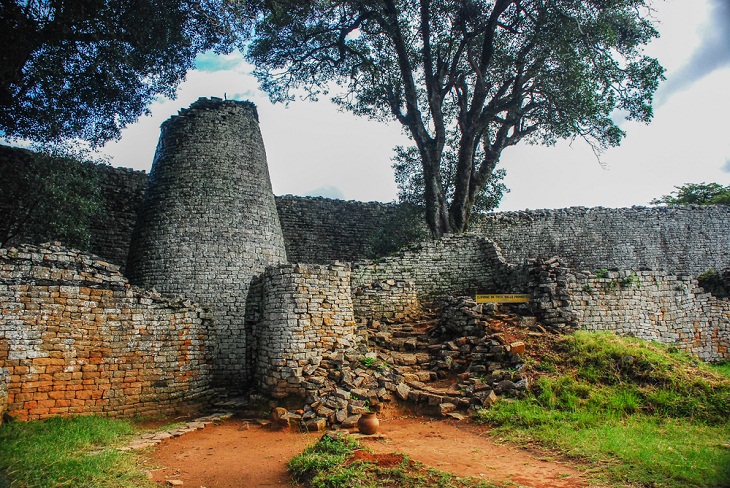
A once flourishing capital of the Kingdom of Zimbabwe, Great Zimbabwe now lies in ruins, a reminder of a bygone era. Within the decaying vestiges, majestic walls envelop the surroundings, embodying a captivating reflection of the lavishness and power that were once emblematic of this extraordinary empire.
Dating back to the 11th century, the remains of Great Zimbabwe sprawl across an expansive area, encompassing approximately 80 hectares, akin to the size of a small town. Within these ancient walls, a thriving population once thronged. In its prime, the city boasted an impressive population of around 18,000 inhabitants, underscoring its profound significance and the widespread influence it wielded during that era.
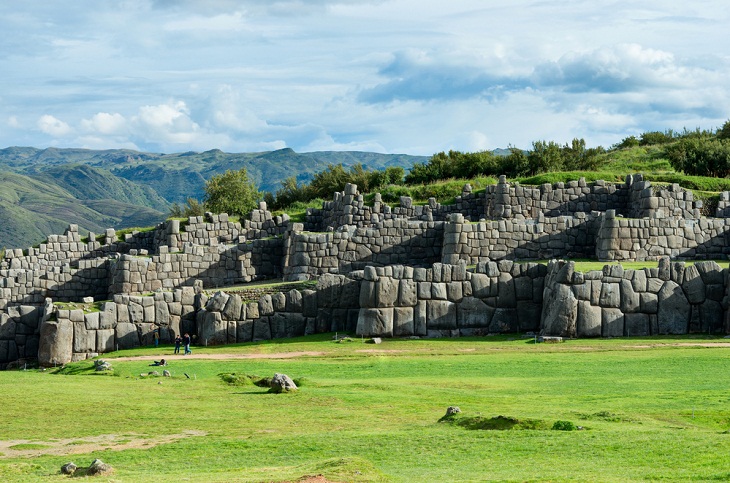
Once the thriving heart of the Inca Empire, Sacsayhuaman's (saqsay·wa·man) distinctive feature lies in its series of meticulously arranged walls, said to resemble the menacing teeth of a snarling puma.
Sacsayhuaman's zenith witnessed its transformation into an expansive complex. In the inner precinct, there was a labyrinth of narrow streets dominated by three imposing towers believed to serve as storehouses and barracks. At the rear, a temple devoted to the sun held sacred reverence, earning its place as a pinnacle of spiritual significance within the Inca Empire. This inner fortress could house an impressive ten thousand people during times of siege.
Related: 15 Places In South America to Put On Your Bucket List..
The walls of Sacsayhuaman stand as a remarkable tribute to the unparalleled skill and artistry demonstrated by its builders. Ingeniously interlocked, these colossal boulders have proven to withstand countless earthquakes. The awe-inspiring outer walls, constructed in a zigzag pattern across three levels, showcase the hallmark Inca construction style. Each irregularly shaped stone fits seamlessly with its neighbors, akin to a masterfully crafted jigsaw puzzle, defying the need for mortar. Such is the precision that even a thin sheet of paper cannot be inserted between many of the tightly packed stones.